Video game development is a long process, and lots of ideas end up getting cut from the final game. The Elder Scrolls 4: Oblivion was no different, with a ton of cut content and concepts that weren’t implemented by the time it shipped. This process is one of the reasons why games tend to have shorter marketing cycles, as developers don’t want to promise features that ultimately get cut. One significant feature that didn’t make it to Oblivion is the Imperial Arena faction.
Players can travel to the arena in the Imperial City at any time, where they can fight through the ranks and become the Grand Champion. Eagle-eyed players will note that the Arena works differently to other factions in Oblivion, as it only takes place in one city, unlike Oblivion‘s other factions. Digging deeper reveals that this wasn’t always the case, and that Bethesda may have had good reasons for cutting out most of the Arena’s storyline.
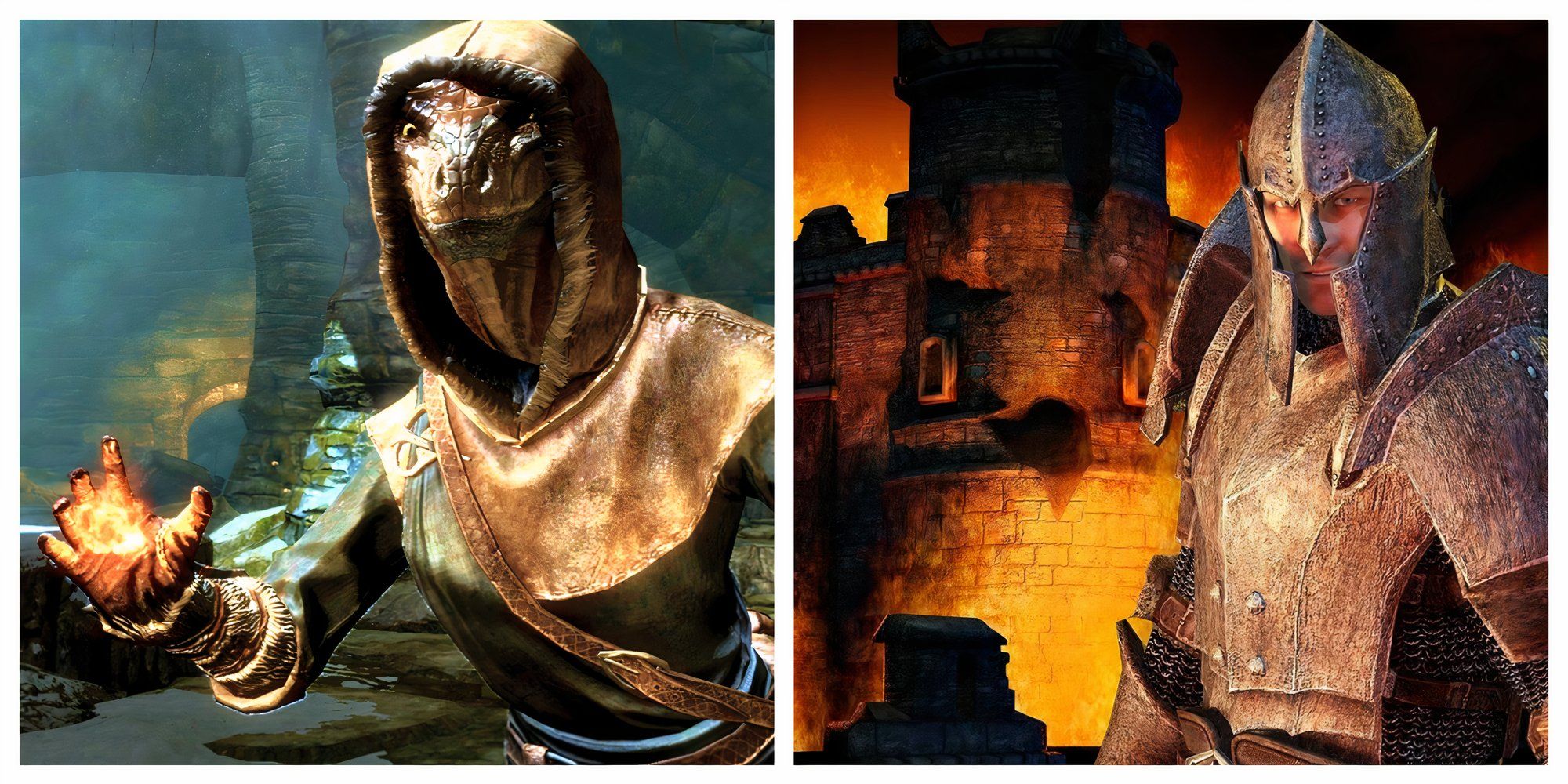
Related
7 Things An Oblivion Remake Can Learn From Skyrim
An Oblivion remake can learn from Skyrim with its deeper factions, more vibrant visuals, complex magic, and lively NPCs.
Oblivion’s Faction and Guild Story Structure
Differences Between Oblivion and Skyrim
Those who played Skyrim before Oblivion likely experienced a few surprises. Oblivion differs in several foundational ways from Skyrim, such as its combat system, NPC disposition mini-game, and notoriety system, which is entirely absent from Skyrim. Another massive area of difference between Skyrim and Oblivion are the guild quests and how they’re structured. Skyrim‘s guild quests are typically found in one headquarters, and from there, the Dragonborn goes out across Skyrim to complete missions.
Oblivion‘s guilds are structured differently; in most cases, each major city has a guild hall for each guild. The Hero of Kvatch is required to complete quests at each guild hall before they’re admitted into the guild proper, with a unique storyline for each city’s guild hall.
Oblivion’s Arena Storyline
Another major side quest in Oblivion is the Imperial City’s Arena, where the player can battle through the ranks until they’re crowned the Arena’s Grand Champion. The Arena functions much like Oblivion‘s guild questlines, but only takes place in the Imperial City. However, this wasn’t the original intention for the Arena storyline in Oblivion, which was meant to function more like the other guilds. Each of Oblivion‘s main cities was intended to have its own arena. The Hero of Kvatch would fight at each city’s arena and become its champion, before finally moving onto the Imperial City Arena.
Why Oblivion’s Other Arenas Were Cut
The Benefits of a Longer Arena Storyline
This approach would have made the Arena storyline far longer and more involved than the questline that eventually made it into Oblivion. As seen with the guild storylines, this would have brought in more characters, lore, and accomplishment for the player for when they do finally make it to the arena in the Imperial City.
Including an arena in every city was ultimately cut because of resources. Including the outside assets to create an arena for every city, as filling each arena with NPCs, and giving those NPCs dialogue, was ultimately deemed too resource-heavy for Oblivion, and the idea was scrapped. Instead, the arena questline was limited to the Imperial City. This may not necessarily have been a bad decision. Fighting in an arena in every city may have made the arena questline needlessly repetitive. Another problem that could have arisen is the drain on resources, and could have resulted in Oblivion lagging or resource intensive for some systems.

- Released
-
March 20, 2006
- ESRB
-
M for Mature: Blood and Gore, Language, Sexual Themes, Use of Alcohol, Violence

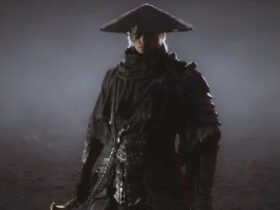



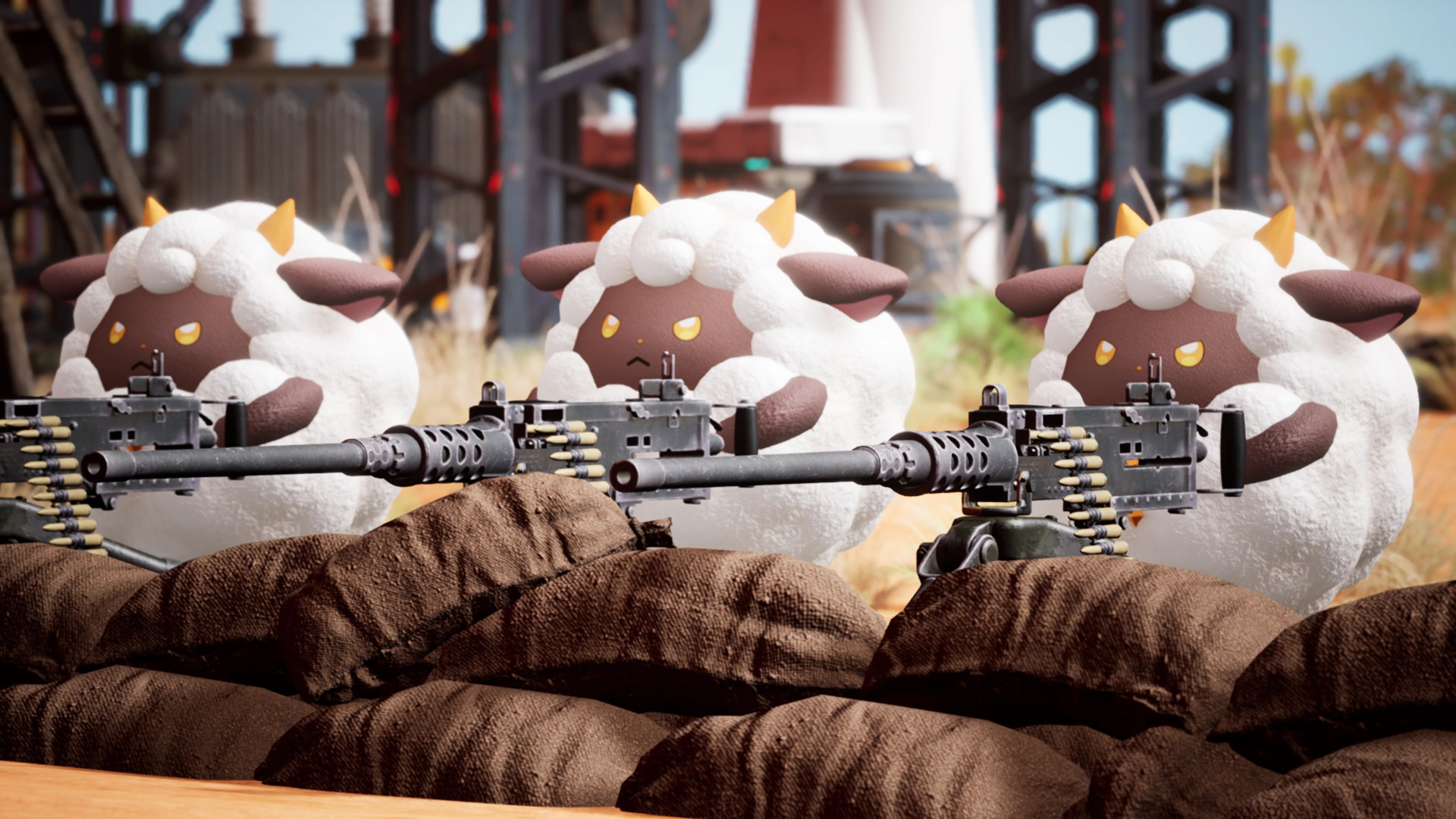
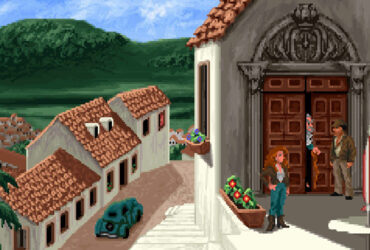
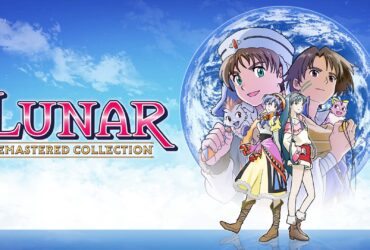

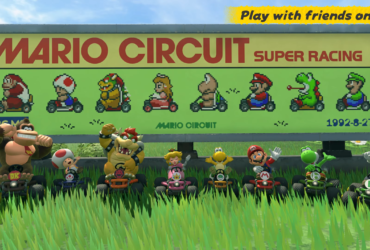
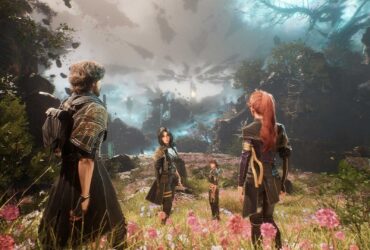
Leave a Reply